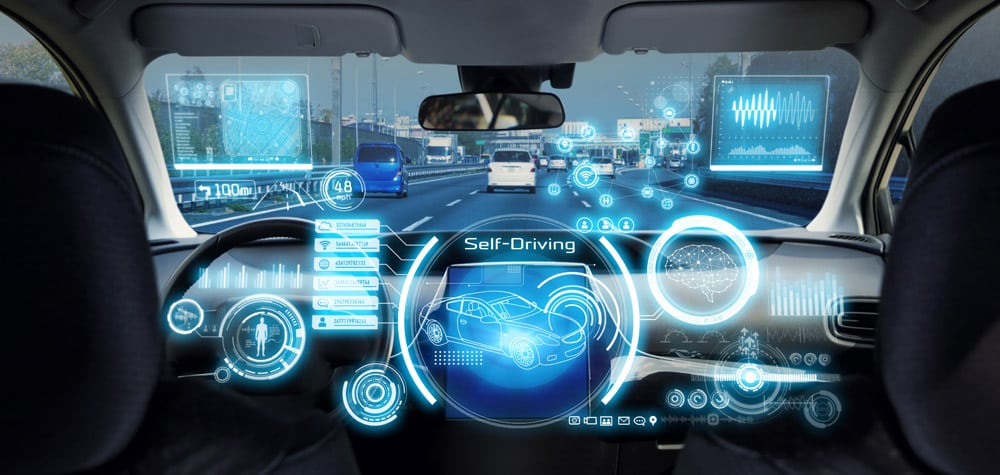UT Dallas professor awarded grant to develop autonomous driving hardware and software
May 18, 2020 | AUVSI News

The National Science Foundation (NSF) has awarded Dr. Yang Hu, assistant professor of electrical engineering at The University of Texas at Dallas, a five-year, $500,000 grant to develop new hardware and software capable of handling the complexity of an automated driving ecosystem in which cars not only communicate with other cars, but with roadside information nodes as well.
A member of the Erik Jonsson School of Engineering and Computer Science (ECS) since 2017, Hu earned the NSF Faculty Early Career Development (CAREER) Award for his project, “Rethinking the Architectures and Systems for Autonomous Driving Infrastructure.”
“This project aims to rethink how to design and build computer hardware and software for future 5G-enabled self-driving cars,” Hu says. “If successful, my research will make fully autonomous driving practical.”
According to Hu, two primary critical technological limitations have prevented the implementation of complex demands on any autonomous driving system thus far.
“First, there isn’t an established design for the low-level hardware and software under such extreme safety demands — in other words, we don’t have the resolution to design high-speed, low-cost, low-power consumption hardware and software for self-driving cars,” Hu explains.
“Second, self-driving cars need to make decisions based on two sources of data — information gathered in the immediate surroundings and info from beyond that. To make use of information from multiple sources, we need more efficient coordination of communication between diverse computation parts.”
Hu says that the safety of the implementation would be improved by the different layers of information that cars would use in the automated system he envisions.
“Traditional autonomous vehicles rely on car-carried sensors, cameras and radars to detect surrounding objects,” Hu says. “A connected autonomous driving system allows vehicles to communicate with each other and with roadside infrastructures by integrating wireless communication technology on cars.”
An example of this is that a car in Hu’s model would be able to discover road hazards and traffic delays that are miles away and make decisions proactively by tapping into roadside information nodes. The traditional model only gathers this information when the vehicle is within sensing range of the hazard.
“Current hardware and software platforms to support such techniques are very inflexible,” Hu says. “Our project will develop a uniform computing platform so that communication and computation functions can flexibly deploy in both the roadside and car-side computers.”
Hu and four electrical and computer engineering doctoral students—Zhendong Wang, Xiaoming Zeng, Jianda Wang and Zhen Wang—were the primary ones to conduct the research that led to the grant.
“I am fortunate to work with such talented PhD students at UT Dallas, and I look forward to continuing this research with them to conquer these challenges and unexplored problems,” Hu says.
- Industry News


